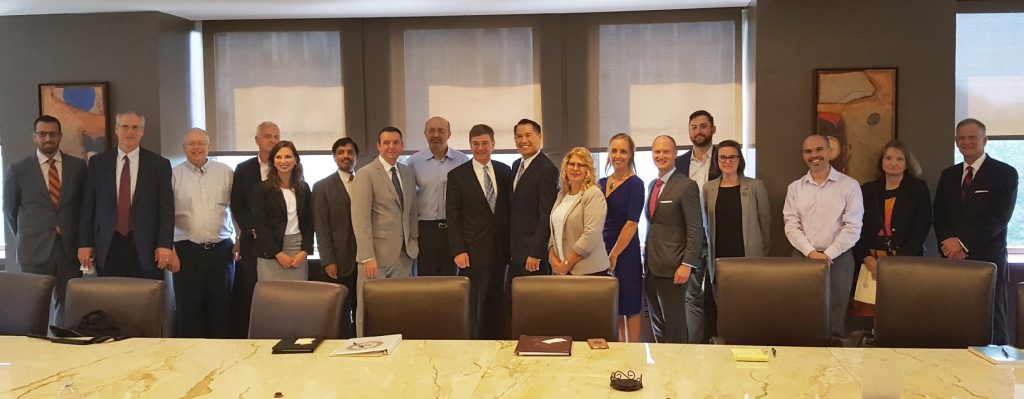The PIOGA Press
(by Jean M. Mosites)
On August 23, the Commonwealth Court issued a unanimous opinion in The Marcellus Shale Coalition v. Department of Environ mental Protection and Environmental Quality Board, 573 M.D. 2016 invalidating portions of the new prepermit process created in 25 Pa. Code §§ 78a.1 and 78a.15(f) and (g), pertaining to new “public resources.” The Marcellus Shale Coalition (MSC) challenged the provisions as unlawful and unreasonable, seeking declaratory and injunctive relief.
There is no statutory right to judicial review of new regulations in Pennsylvania. Such challenges must proceed in the form of a declaratory judgment action in the Commonwealth Court or “as applied” in an appeal before the Environmental Hearing Board on a case-bycase basis. The latter course can be duplicative, lengthy and costly, offering only piecemeal relief. MSC challenged portions of the new Chapter 78a regulatory package through a declaratory judgment action in October 2016, seeking relief for its members from regulations beyond the scope of the Environmental Quality Board’s authority, regulations with high cost and little discernible benefit.
Count I of MSC’s Petition for Review challenged Sections 78a.15(f) and (g) and the related definitions contained in Section 78a.[1] of the Chapter 78a regulations. The provisions created a new pre-permitting process for well permit applicants, requiring new notice and comment opportunities in addition to those expressly authorized by Act 13, as adopted in 2012.
Following MSC’s Petition for Review, the Commonwealth Court preliminarily enjoined application of portions of the regulations on November 8, 2016.1 MSC filed an application for partial summary relief on Count I on August 31, 2017. Pending review of that application, the Pennsylvania Supreme Court affirmed the grant of preliminary injunctive relief as to Count I on June 1, 2018. …
